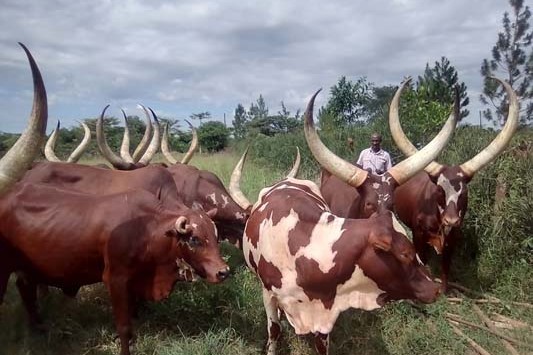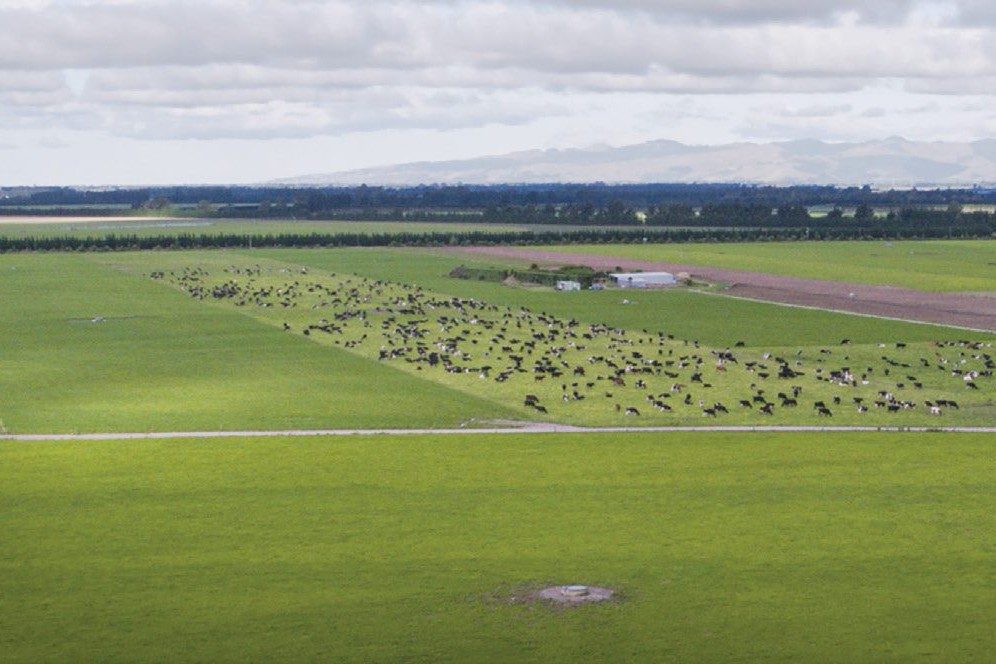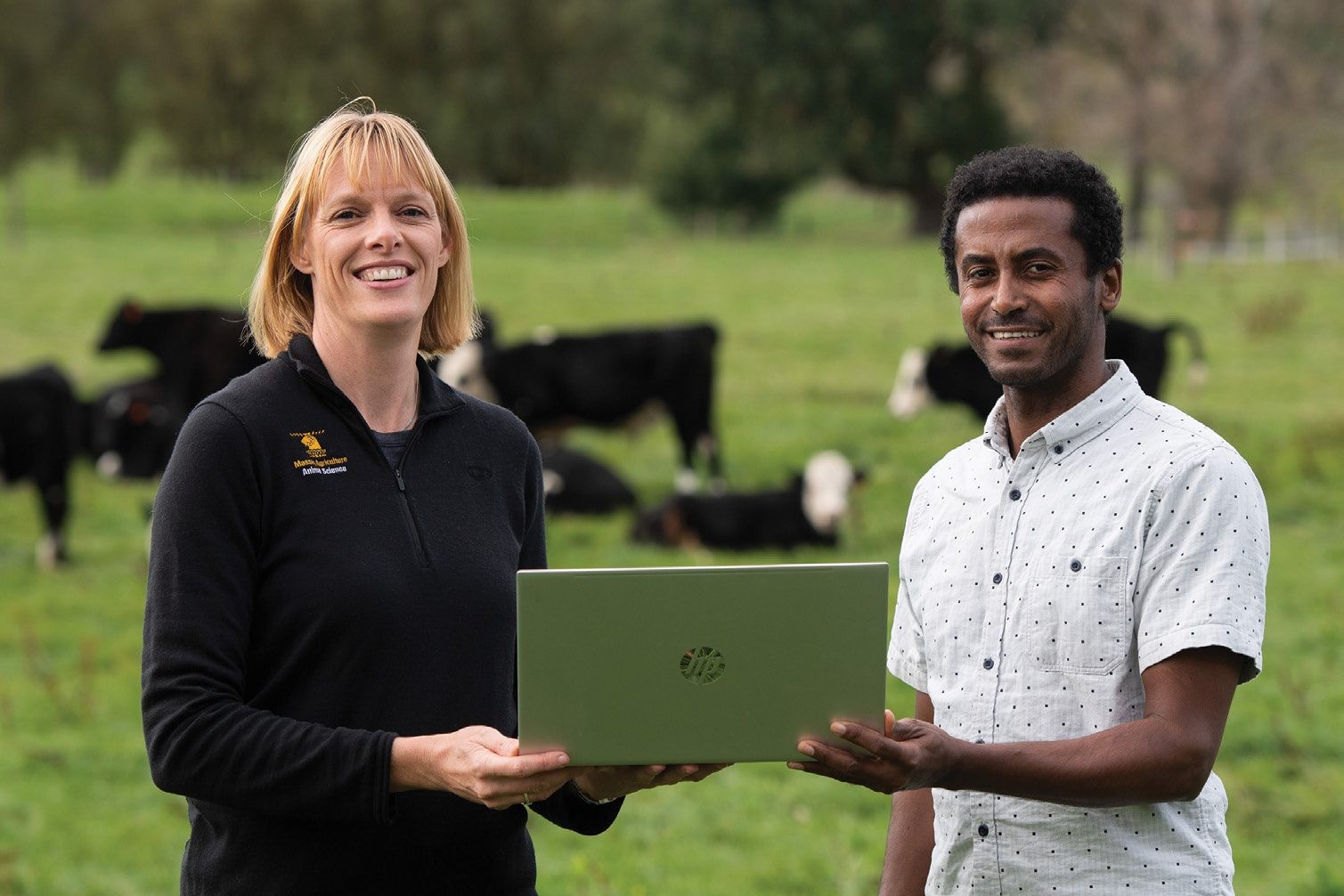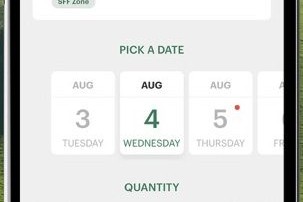By TONY LEGGETT
The challenges of recruiting new dairy farm staff are well documented, so forward-thinking owners are investing in labour saving or stress reducing technologies to help keep existing staff on board.
That’s the view of Allflex New Zealand general manager Jared Briggs who oversees the new Allflex business unit formed from the recent acquisition of Livestock Improvement Corporation Automation.
Allflex now offers a wide suite of individual animal monitoring and management technologies, including the Protrack range of auto-drafting and milk sensing products already installed on nearly 2500 dairy farms in New Zealand.
Briggs says aside from comments his field and support staff hear about the extra profitability that farmers are achieving from better mating performance results and early detection of health issues, an increasing number of dairy farm owners are recognising these technologies are helping them retain staff as well.
“One of the real benefits from installing monitoring technologies is there’s no need to spend 10-12 weeks on a platform looking at tail paint. Our technology is able to very accurately select the cycling cows and send that message to the auto-drafting system so they are waiting for the AI technician after milking.”
“That’s huge when dairy farmers are struggling to find staff to help with running their farms. We know that a lot of owner-operators have no choice but to get back in the shed milking themselves, such is the labour shortage at present.”
“Of course, one thing with technology is it should bring excellent reliability – it’s working 24-7 and there are no sick days,” Briggs says.
Farm owners are also more considerate when it comes to work-life balance for their staff, Briggs says, so technologies that save time and reduce stress are also gaining popularity.
“When a young, keen dairy farm worker is considering job offers, it would be no surprise if they went for the role on a farm that had some of this type of technology installed over one that didn’t.”
“Nobody could dispute the younger generation of farm staff are more used to dealing with smartphone-connected technologies. They are comfortable with it already.”
Briggs says several of the company’s clients are already partnering with their farm veterinarian, giving them access to text alerts on any health issues the technology signals so they intervene early, before a more significant challenge occurs.
“So, the technologies now available to dairy farmers and herd owners should ease concerns around people welfare, animal welfare and industry welfare. That’s got to be a win for the sector,” he says.
Wairarapa dairy farmer Jason Christensen is convinced that investing in the cow monitoring technology is helping with staff retention.
“In many ways, we’re trying to future-proof ourselves. My father was leading edge when he built the first rotary in Wairarapa and we know the next generation is more IT savvy than my generation.”
He’s confident that once staff experience the benefits of working on a property where monitoring technology is available, they won’t want to work on one that doesn’t have it. “Why would they want to go back?” he asks.
Briggs says Kiwi farmers have a “real thirst” for information and data. He sees big opportunities for farmers to use this individual animal data to focus on their best performing cows and, if need be, reduce numbers to meet their farm’s emission targets in the future, but still achieve acceptable profitability.
The current confidence in strong payout forecasts will also help farmers decide if installing animal monitoring technologies is the right choice for them.
Allflex does offer a range of purchase options which make its product range attractive to owner-operators, sharemilkers and contract milkers.





